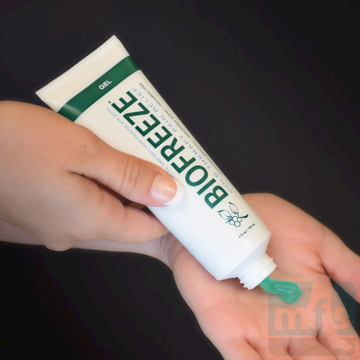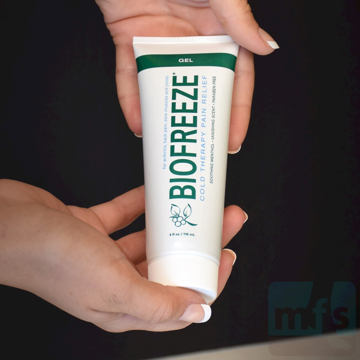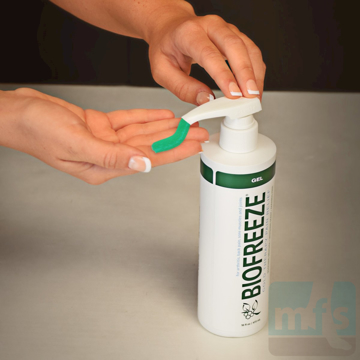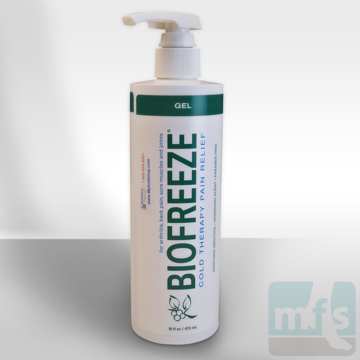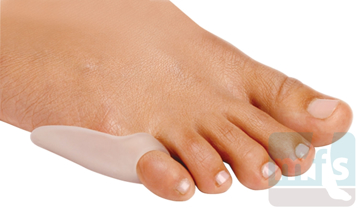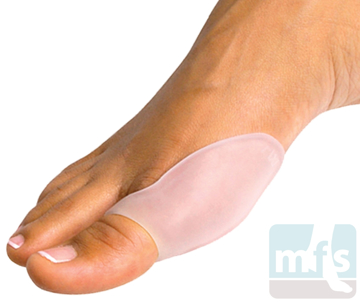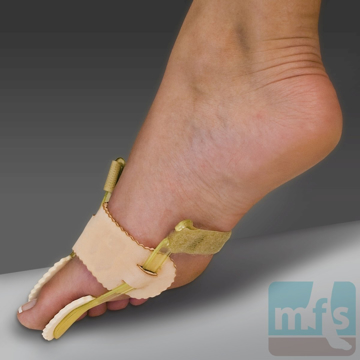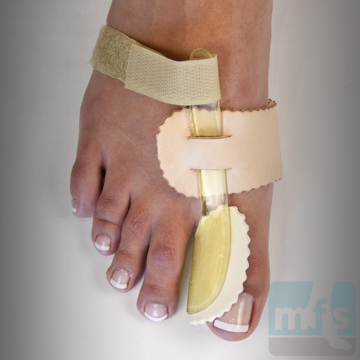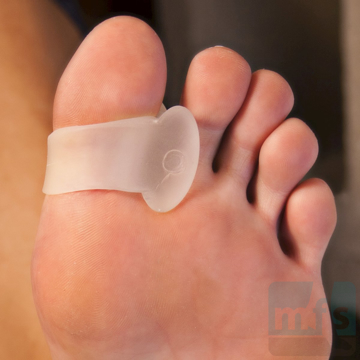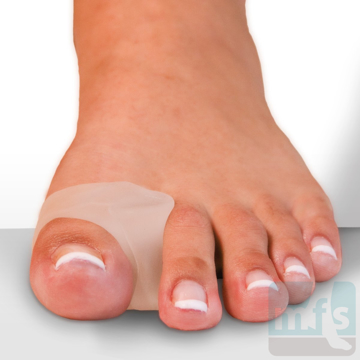- Summary
- Symptoms
- Read More
Summary
Pseudogout, also know as calcium pyrophosphate dihydrate crystal deposition disease (CPPD), is a disease very similar to gout. Gout and CPPD are often confused due to their clinical similarities in onset and presentation. The cause of CPPD is unknown and seems to affect both men and women equally. The incidence of CPPD increases in patients in their 9th and 10th decades of life. The most common joint affected by CPPD is the great toe joint although it can also affect the knee, hips, and elbows. CPPD is a polyarticular form of arthritis. CPPD affects people of all cultures equally.
Symptoms
- Acute onset of severe joint pain
- Pain decreases over a period of days
- Erythema and warmth to touch
- Most common joint affected is the great toe joint
Description
Pseudogout is a crystal deposition disease specific to joint space. Pseudogout and gout are very similar in their onset and clinical presentation and therefore difficult to differentiate. Inflammation in the joint caused by pseudogout is a result of the intense inflammation (synovitis) that occurs when calcium pyrophosphate is deposited in the joint and changes from a liquid to a crystal. Although the clinical pathway for gout is well defined, the clinical pathway that results in CPPD is poorly understood.
Causes and contributing factors
The contributing factors to CPPD include age.
Differential diagnosis
The differential diagnosis for CPPD include:
Arthritis
Gout
Freiberg's infraction
Hallux limitus
Hallux valgus
Metatarsal fracture
Septic arthritis
Sesamoiditis
Sesamoid fracture
Turf toe
Treatment
The most significant consideration in the treatment of CPPD is controlling the frequency of attacks. Frequent attacks (more than once a year) will result in progressive erosion of the joint, leading to painful chronic arthritis. Isolated attacks (less than once a year) lead to minimal destruction of the joint. The frequency of CPPD attacks determines whether treatment is merely for each attack, or whether daily medication should be taken to lower levels of inflammation.
The diagnosis of CPPD can only be made with arthrocentesis (withdrawal of joint fluid) and analysis of the synovial fluid. Microscopic evaluation of the synovial fluid will show a unique shape and unique staining characteristics of the crystals.
Treatment of acute attacks includes the use of non-steroidal anti-inflammatory medications such as Indocin or Clinoril. Injection of the affected joint with steroids is also a common method of treatment. Control of pain may require a mild narcotic such as codeine. Recurrent attacks may be controlled by the use of an NSAID.
When to contact your doctor
All cases of suspected CPPD should be evaluated by your podiatrist or orthopedist.
References
References are pending.
Author(s) and date
![]() This article was written by Myfootshop.com medical advisor Jeffrey A. Oster, DPM.
This article was written by Myfootshop.com medical advisor Jeffrey A. Oster, DPM.
Competing Interests - None
Cite this article as: Oster, Jeffrey. Pseudogout. https://www.myfootshop.com/article/pseudogout
Most recent article update: January 14, 2021.
 Pseudogout by Myfootshop.com is licensed under a Creative Commons Attribution-NonCommercial 3.0 Unported License.
Pseudogout by Myfootshop.com is licensed under a Creative Commons Attribution-NonCommercial 3.0 Unported License.
Internal reference only: ZoneP5, ZoneD7, ZoneL11, ZoneM9


